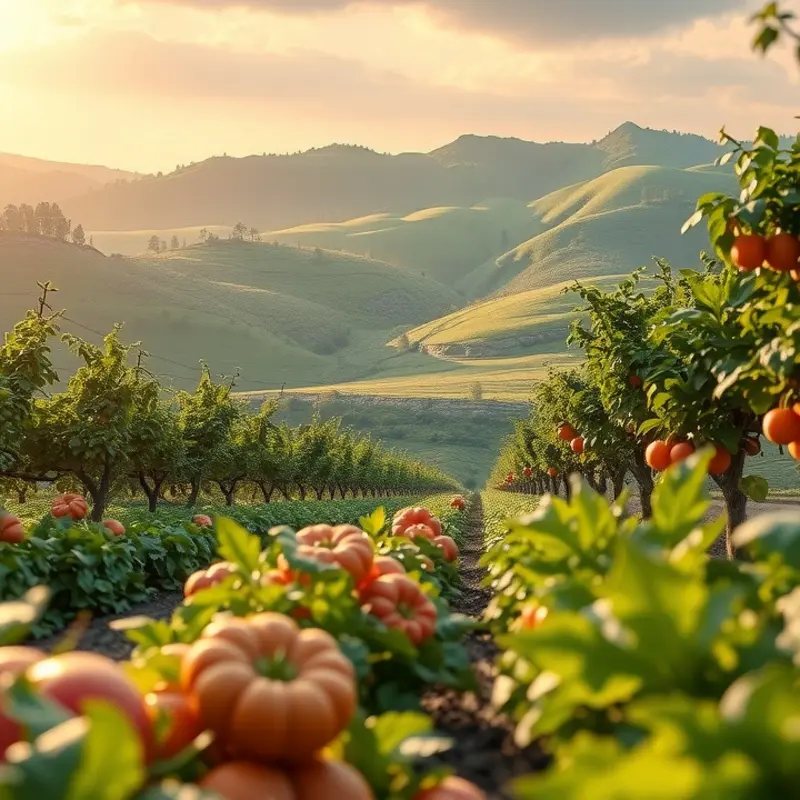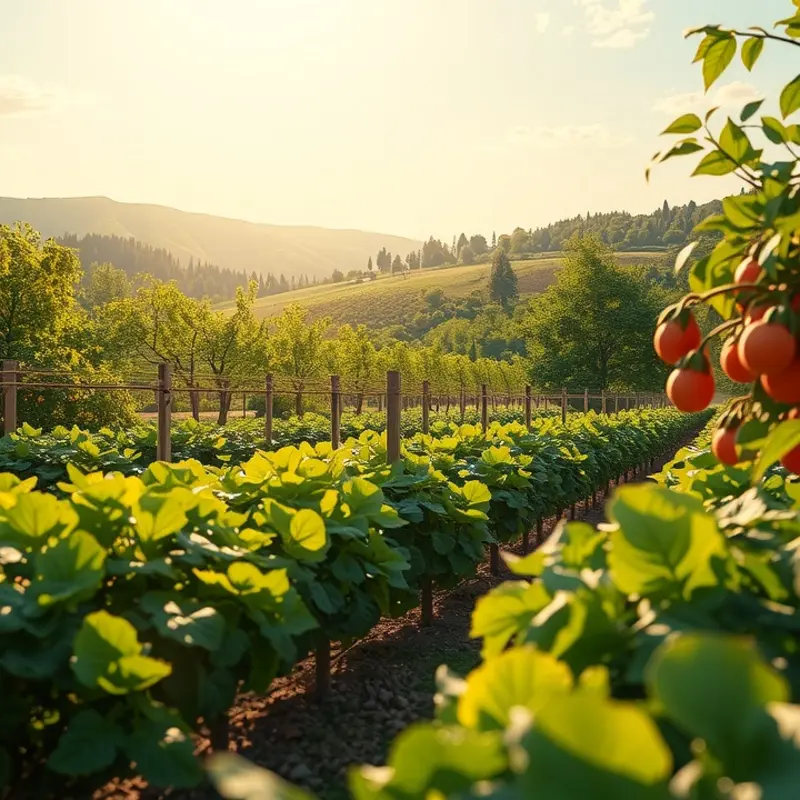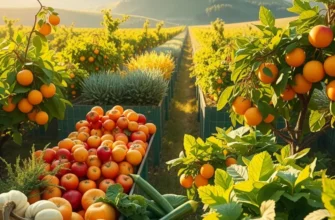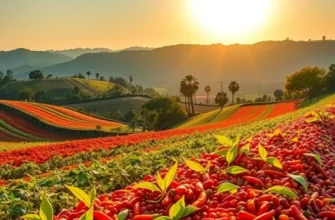Dumplings have woven their way into the culinary tapestry of many cultures worldwide. From the savory potstickers of China to the soft momos of Nepal, these delightful morsels vary in shape, flavor, and preparation. Their universal appeal transcends borders and languages, offering something delicious for everyone. Join this flavorful adventure as we discover the fascinating histories and customs surrounding dumplings across different cultures, revealing how these tiny pockets of goodness connect us all.
The Heart of Asia: Dumplings Redefined

Dumplings hold a cherished place in Asian cuisine, each variant telling a story of tradition and taste. At the heart of this narrative is jiaozi, a staple in Chinese households. Typically enjoyed during the New Year, jiaozi symbolize prosperity and family unity. Shaped like ancient gold ingots, these dumplings offer a canvas for diverse fillings. Pork and cabbage combine commonly with ginger for a fragrant touch, wrapped in a delightfully chewy dough. The meticulous method of hand-folding jiaozi is a family affair, fostering connection through shared labor and laughter.
Adjacent to China, Japanese gyoza bring a distinct flair. While the concept mirrors jiaozi, gyoza are often pan-fried to achieve a crispy exterior, leaving the inside moist and tender. The flight of flavors in gyoza is more delicate, often with garlic and sesame oil enhancing the pork or vegetable stuffing. Gyoza has become a common social dish in Japan, often served alongside ramen or consumed as street food, exemplifying its role in community and culinary culture.
In the highlands of Nepal, momos reign supreme. These steam-cooked dumplings embody Himalayan flavors, often filled with yak meat or a blend of vegetables and spices. The cultural significance of momos in Nepal is profound; they are a focal point in celebrations and daily meals alike. With thin dough and juicy fillings, momos are served with spicy tomato chutney that kicks the flavors into high gear. Their preparation is an event itself, often uniting families for hours of companionship over dumpling-making skirmishes.
The preparation of these dumplings is as varied as their flavors. While jiaozi may be boiled or steamed, gyoza demand a specific technique known as “frying then steaming,” yielding a complex texture. Momos capitalize on steam cooking, which complements the moist and aromatic fillings. Each variation not only highlights regional culinary techniques but also encourages a lifestyle of connection through food.
These dumplings exemplify comfort food. Their ability to bring people together around a shared table, to witness the communal ritual of preparation and consumption, is unmatched. These humble morsels transcend geographic and cultural boundaries, nourishing hearts and homes alike.
Regional differences further paint a vivid culinary tapestry. For instance, in Korea, dumplings named mandu are steeped in kimchi and served with tangy dipping sauces. Across Vietnam, banh bot loc introduces tapioca into the dough, creating a chewy and transparent casing around the savory filling.
The stories behind these beloved dishes resonate far and wide, illustrating how food can bridge communities and preserve heritage. They invite us to explore the nuanced flavors of Asia, one dumpling at a time, encouraging a deeper understanding of culinary history and cultural identity. To learn more about how culinary traditions are influenced by global movements, see this article.
Dumplings Across Continents: A Global Perspective

As we journey across continents, the humble dumpling transforms in shape, taste, and cultural significance. From Italy’s rolling hills to Eastern Europe’s bustling kitchens, and onto the vibrant streets of Latin America, each region adopts this culinary treasure, imprinting it with unique cultural stories and local flavors.
In Italy, ravioli reign supreme, a testament to the country’s culinary ingenuity. These square pockets of joy often come packed with ricotta, spinach, and herbs. In some regions, meat fillings are delicately wrapped inside thin pasta dough, showcasing an impressive mastery of ingredients. Italian ravioli traces its origins back to ancient Rome, where cooks used it to preserve and transport prized local ingredients.
Eastern Europe offers the beloved pierogi, prevalent across countries like Poland and Ukraine. These dumplings are synonymous with home and family gatherings. Peeling back the layers of the pierogi’s origin reveals a history of adaptation and resourcefulness. Potato, cheese, sauerkraut, and even blueberries make frequent appearances as fillings, emphasizing the reliance on locally available produce. The act of making pierogi is a communal ritual, a testament to the preservation of cultural and familial ties.
Traveling further west, we arrive in Latin America, where the empanada awaits. While each country imbues the empanada with its own flair—be it Argentina’s beef-filled pastries or Bolivia’s salteña-style offerings—the common thread remains: a fastidious devotion to celebrating local flavors. Empanadas serve not only as a meal but as portable, edible symbols of Latin America’s cultural mosaic. Cooks often employ ingredient batching strategies, preparing these delights for gatherings, thereby reinforcing bonds through shared meals. Learn more about practical ingredient batching techniques here.
Beyond taste, the global diversity of dumplings illustrates how they serve as cultural emissaries, carrying stories and traditions through generations. Each bite tells a narrative of migration, adaptation, and shared joy. The communal preparation and consumption of dumplings offer a sense of belonging, underscoring shared heritage and collective celebration.
Ultimately, dumplings reveal a fascinating global tapestry, where each culture stitches its values into the delicious bursts of flavor within their folds. A small package, yet one rich with tradition and infinite connections.
Final words
Dumplings are more than just food; they are a celebration of culture and community. Each variation tells a story, showcasing the ingenuity of local ingredients and culinary traditions. As you venture into the world of dumplings, you’re not merely tasting satisfying bites; you’re also savoring the rich histories and connections that food fosters between people and places. Whether you enjoy a spicy Korean mandu or a delicate French agnolotti, each dumpling is a reminder of the shared human experience that transcends borders. So, the next time you indulge in these flavorful parcels, take a moment to appreciate the global journey they represent.








